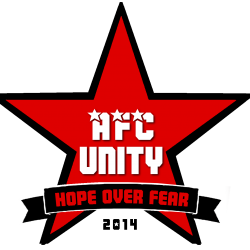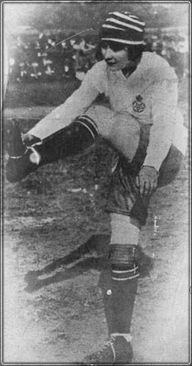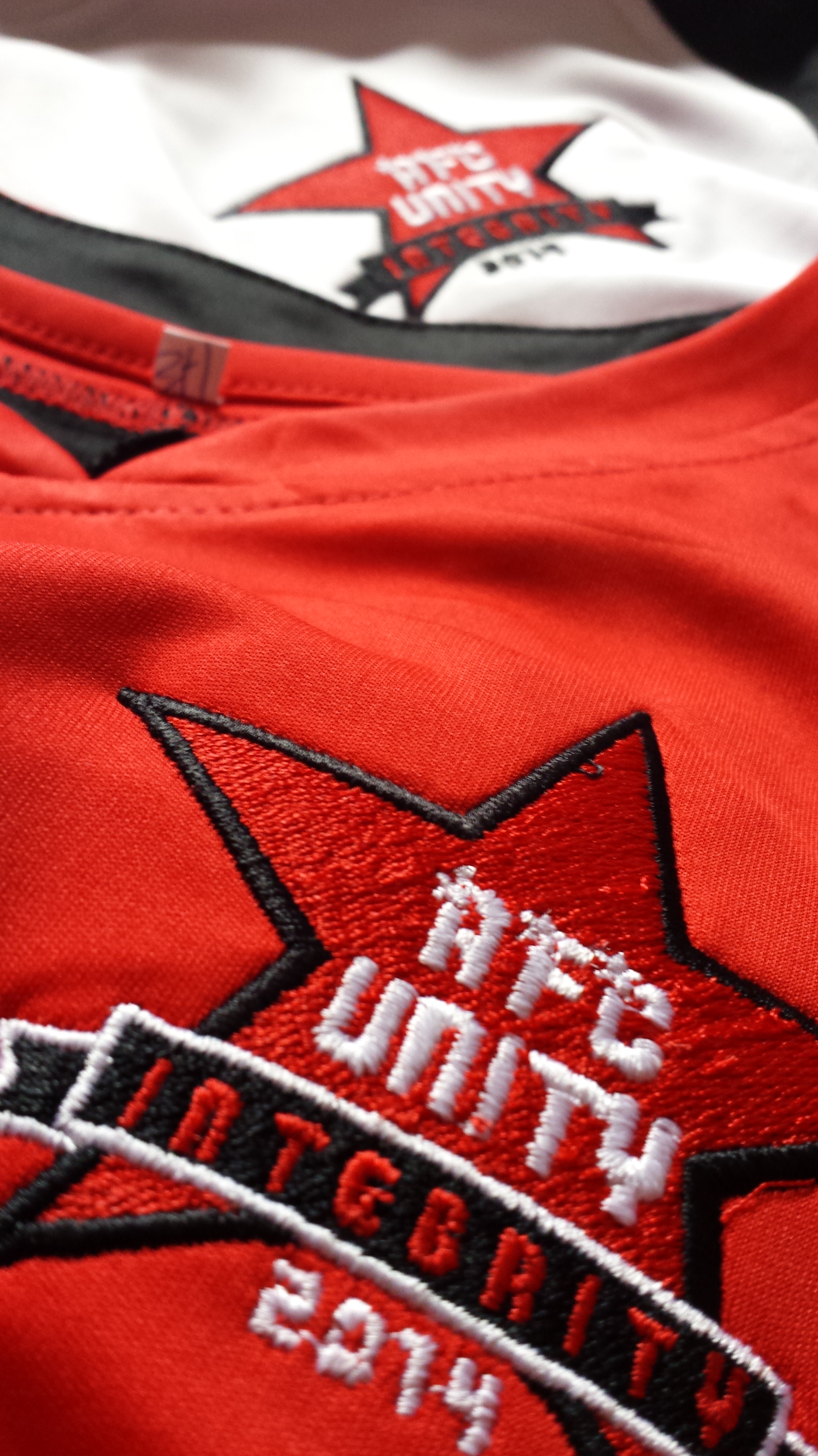
As the second anniversary of AFC Unity’s formation came to pass this month, vice-captain Sarah Richards revealed her intention to finish her playing days at the end of this current 2015/16 season in the Second Division of the Sheffield & Hallamshire Women’s County Football League.
But the tough-tackling, no-nonsense centre-back has already enjoyed a bonus year playing, due to a reversal of fortunes and – above all – her own grit and determination.
A year ago, the AFC Unity underdogs were leading one-nil at Beighton Magpies when she dislocated her knee and, while waiting for the ambulance to arrive, the referee abandoned the game, forcing a replay that Unity lost.
Told she may not play again, Sarah dedicated herself to rehab, physio, and a great deal of time in the gym in the little spare time she had.
She returned to action in a little over four months, setting an example to other players of what can be overcome with a commitment to recovery after an injury.
‘I can count on one hand the number of players in the squad who were there right at the very beginning,’ said AFC Unity’s manager Jay Baker. ‘Sarah Richards is one of those very few.’
Having previously played for Sheffield FC Ladies, Steel City Wanderers, New Bohemians, and Norton Ladies, she signed up as one of the first “Red Stars” and quickly established herself in Unity’s first season run in 2014/15, soon taking on the vice-captain role; she has led the team on several occasions and, as an ambassador for the organisation, strengthened AFC Unity’s links in the community, through such things as her involvement with Parson Cross Initiative.
To honour this, co-founder and captain Jane Watkinson is giving her the armband to lead the team one more time for the last game of the season at New Bohemians on March 20th.
‘Sarah’s been a real leader on and off the pitch, furthering – and acting on – the alternative ethos and values of the club,’ Jane said. ‘We will miss our rock at the back! But I’m glad I got the chance to play alongside her. We look forward to keeping Sarah engaged in the club after she hangs up her boots, in whatever way she feels best.’
AFC Unity will also be retiring her number four shirt, and holding a testimonial match later in the spring.
‘We were little more than an idea when Sarah joined us, struggling to get off the ground,’ said Baker. ‘Her faith in what we were trying to do and her commitment to the club is all something we really value, and that is why it is important to demonstrate this gratitude to a player such as herself.’







 by Jay Baker
by Jay Baker